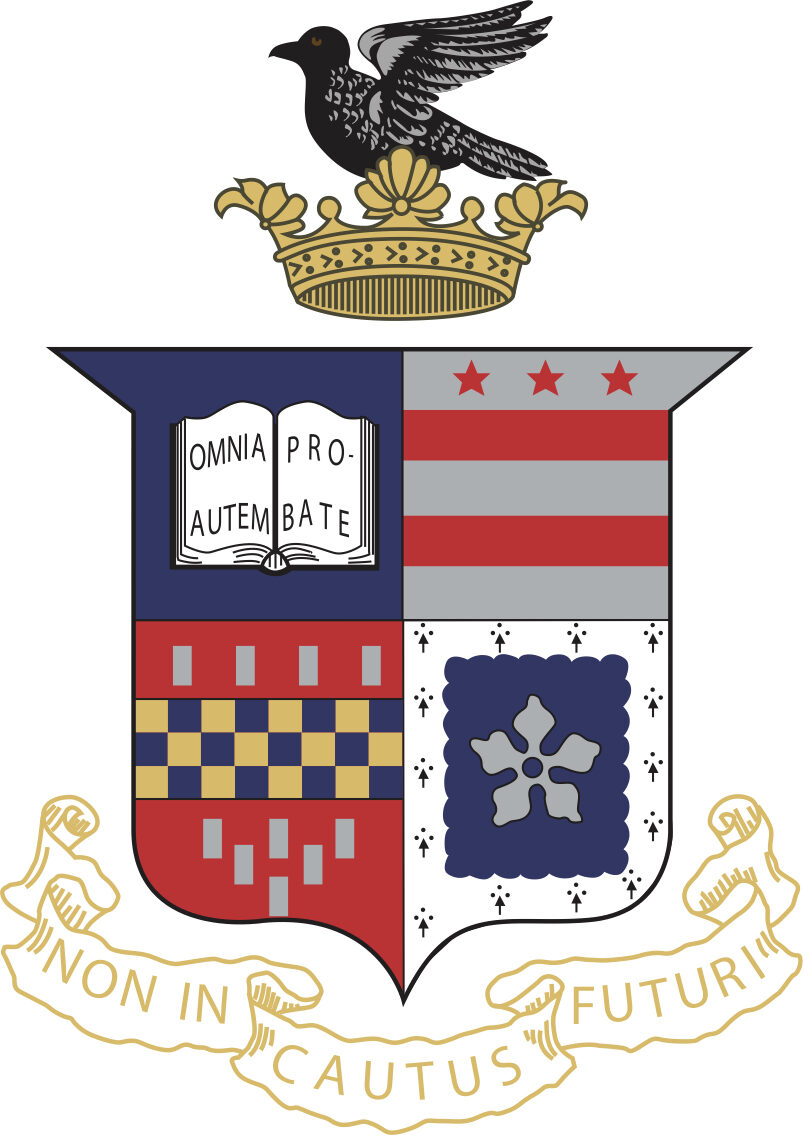Litigation finance is globally abundant and largely unregulated in the United States. The mechanics behind third-party litigation finance are simple: The funder fronts litigation costs in exchange for a promised share of the proceeds if the litigant succeeds. While the normative debate about the value of these contracts in society endures, the litigation finance industry has new players in hedge funds and other opaque investment firms seeking high returns from risky litigation. Many scholars agree on whether to regulate these third-party litigation finance firms. The key debate rages on how to rein in an unbridled industry.
To add to this debate, this Note theorizes a standard third-party litigation finance contract as a derivative contract—a financial instrument that derives value from the performance of an underlying asset. This novel approach examines the structure and features of third-party litigation finance arrangements, particularly in commercial and mass-tort contexts, and argues for their classification as derivatives within the regulatory framework of the Commodity Futures Trading Commission (“CFTC”).
By framing litigation finance contracts as derivatives, this Note proposes a regulatory solution that leverages existing financial structures rather than creating new oversight bodies or legislation. Rather than envisioning a new oversight body or legislation for this type of finance, this Note advocates that the United States leverage its existing financial structures to guide this escalating industry forward while maintaining market integrity. It is high time for regulation of the third-party litigation finance (“TPLF”) industry, and this Note provides a potential solution to a growing regulatory conundrum: using existing tools of financial regulation to address a new problem.
